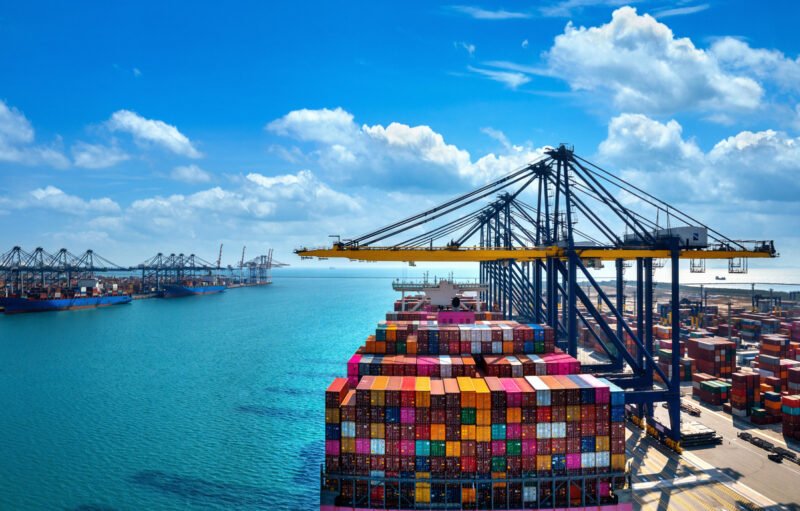During these times the prices of goods and services have seen a substantial hike over the past months not only in the United States, but also in Puerto Rico. However, inflationary phenomenon only describes the prices of the item’s consumers buy but does not tell if these economic effects take a toll in their cost of living. The Council for Community and Economic Research (C2ER) has taken its role and has created a cost-of-living index which describes, as the name implies, a metric to compare fairly the standard of living in an area.
This metric recollects data out of 304 metropolitan statistical areas (MSA) and segments it in various categories (Grocery Items, Housing, Utilities, Transportation, Health Care, and Miscellaneous Goods and Services). To comprehend this index, an average index is given out across the board (100.0). If the value is below or higher than this number, then the cost of the good or service for the consumer is either affordable or expensive. It should be mentioned that not always these index categories will portray the whole picture on what is measured but it is a good reference point to understand the cost-of-living in a determined area. Observing the following table shows the following:

The index shows as a whole that in Puerto Rico the cost-of-living is fairly high compared out of all the MSA found in the U.S. It is worth noting that the Island has shown an increase in its median household income (from $21,058 in 2020 to $22,237 in 2021) which is positive news for households. However, due to inflationary phenomenon, this increase in income may be gobbled up on goods and services in the area, mostly on grocery items, and utilities.
The index category of health care, in Puerto Rico, is the lowest value in all the 304 MSA that are found in the U.S. However, it is worth mentioning that this measure doesn’t realistically portray the cost of healthcare for consumers residing on the Island. Such index doesn’t consider costs of healthcare plans, medicine other than painkillers, and medical procedures. Taking into consideration for such costs may hike the index to a higher level in which would lead to a higher cost-of-living index in Puerto Rico.
To conclude, this index gives us an idea on what is taking a toll on consumers on the Island. As mentioned before, what is hurting consumer’s pockets are food and utilities. It is no coincidence that this trend follows the same pattern as the rise in inflation in foods, beverages, and energy usage in the island. These rise in prices may be explained by supply shocks, and consumer spending in which has shown an increase in the past months. Some news outlets infer that these inflation phenomena may persist up until 2023 and some say until 2024, so it may be a no surprise if we still see the same or higher cost-of-living in the future.







